I am fairly new to using D3 and have created a stacked horizontal bar chart based off of https://observablehq.com/@d3/stacked-horizontal-bar-chart.
This is my chart:
I am currently able to sort the chart by ascending and descending. What I need to do now is to first sort the graph alphabetically by the y-axis label, then ascendingly by the value on the x-axis and I unsure how to do this.
The chart needs to look something like this:

Where the chart is sorted first alphabetically by the scale name on the y-axis, then descending or ascendingly by the value on the x-axis.
This is the code I use to generate the chart and sort it ascendingly/descendingly:
chartGenerate = stackedBarChart(pandas,
{
x: d => d.value,
y: d => d.scale,
z: d => d.key,
yDomain: d3.groupSort(pandas,
D => d3.sum(D, d => (order === "ascending" ? -d.value : d.value)),
d => d.scale),
zDomain: key,
}
)
Where value is the value of one of the bars within the big bar on the x-axis, scale is the label on the y-axis, and key is the array:
var key = ["punnets_underweight", "punnets_overweight", "punnets_on_weight"]
Order is a state that changes between values 'ascending' and 'descending' when a button is pressed.
Is there anyway to modify the groupSort function so that it can sort over 2 object properties? I might have left out a lot of information out because I wasn't sure how to phrase everything as a whole, but this is the core of my issue.

